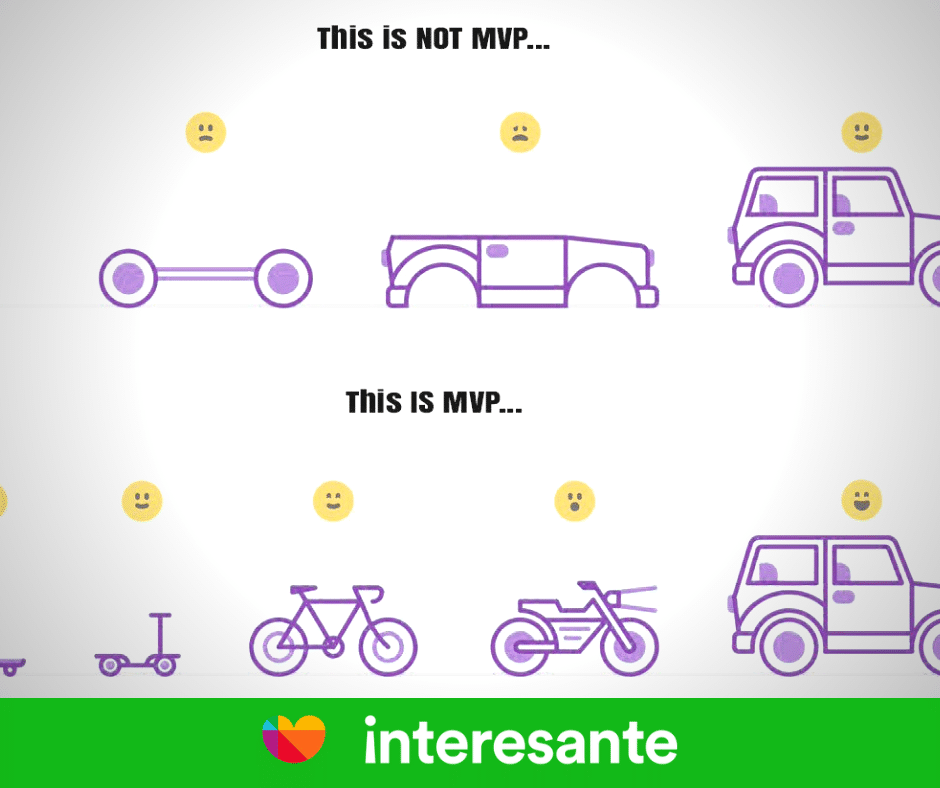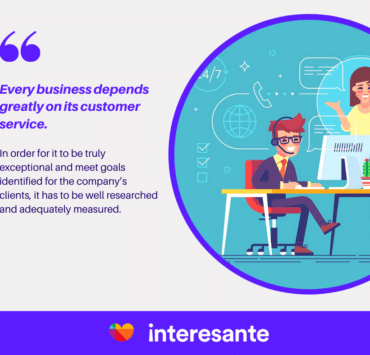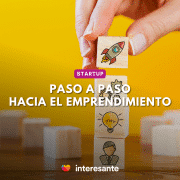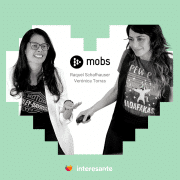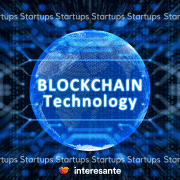Editor-in-Chief @ Interesante
Building an MVP is about tools, talent, and timing. The winners have tools for co-creation, the talent to develop new skills, and the instinct to understand market timing.
Startup success can be engineered by following the process, which means it can be learned, which means it can be taught.
— Eric Ries
We’ve condensed our own practical observations and experiences along with the data compiled in the Startup Genome Project, which gathered inputs from thousands of businesses around the world.
Our team has worked with hundreds of startups through our partnerships with Google for Entrepreneurs, Backstage Capital, and Private Equity firms.
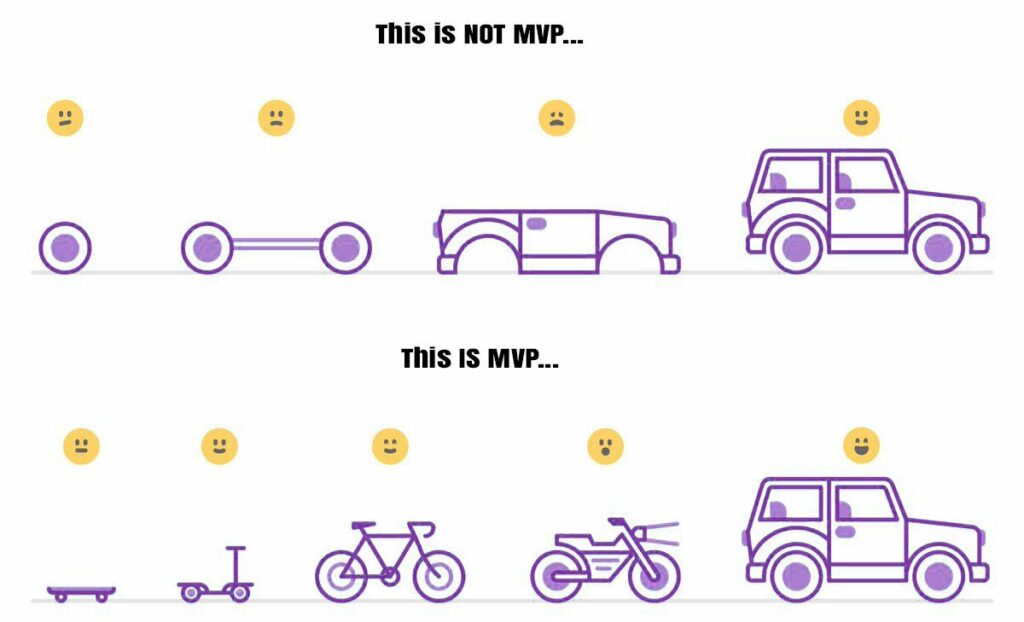
Understand The Problem
Winning startups decide what problem they are going to solve and who will benefit most from the solution before writing a line of code.
60% of stalled startups try to validate their solution, while 80% of winning startups are entirely devoted to discovering the boundaries of problem space.
The intensity and detail of research is a strong determinant of future success. According to the Startup Genome Report 2017, 60% of stalled startups try to validate their solution in this early research phase, while 80% of winning startups are entirely devoted to discovering the boundaries of problem space.
Understand The Market
The obvious competition is not real competition. Look beyond the vertical. In an age of disruption, competitors appear overnight from all over the planet and in unexpected industries.
Kissmetrics recommended that taking just a few simple actions can save millions in wasted investment dollars by offering insights into demand and competition at the same time, such as:
- Set up a landing page to collect emails for updates on the future launch.
- Go where the customers are and ask for their opinions.
- Find examples of similar ideas that failed in the past.
- Dig into Google search volumes on related ideas and competitors
Feedback Loop
According to Eric Ries, a startup’s fundamental activity is to turn ideas into products and measure how customers respond. And then learn whether to pivot or persevere.
Build, Ship, Analyze, Repeat.
The feedback loop is a key component of the startup behind the product since the product itself (and its future iterations) is the embodiment of the team’s iterations.
Eric Ries clarifies the reason why this is so important. In YC parlance, the product-market fit is the first step towards a scalable startup.
I don’t think revenue is in and of itself a goal for startups, and neither is profit. What matters is proving the viability of the company’s business model, what investors call traction.
Demonstrating traction is the true purpose of revenue in an early growth company.» This concept is counterintuitive initially, but once you’ve applied this lens to your product iterations, the tests will be more focused and the results easier to measure.
Product Story
Your brand story is just as important as your product-market fit. Can you imagine Apple without Steve Jobs? Uber without Travis Kalanick? YC without Paul Graham? These institutions were startups first.
«When your product wins the hearts and minds of early adopters, they will go to bat for you and your startup over and over and with no hesitation.»
Their founders forged a company culture that is native to Silicon Valley entrepreneurs. One that pushed the boundaries of what’s possible and that gave us the greatest innovations the world has ever seen. YC incubated legendary companies such as AirBnB, Stripe, Coinbase, DropBox, Instacart, Reddit GitLab, and more. Each of these iconic startups has a founding story that connects with other entrepreneurs and founders. Early adopters are influential and mark the pace for the users that come after them.
«Even though 74% of internet startup failures were due to premature scaling, the startups that scaled up at a steady pace tended to grow 20X faster.»
Think of the story of the Ancient Greek general Themistocles. One of his rivals warned him against an attack saying, “At the Olympic Games, the runner who starts too early is whipped.” Themistocles answered. “Whipped, yes. But the one who starts too late will never win.”
Perfection
This is closely related to the point above but deserves special attention. Danny Inny, the founder of Mirasee, told Inc. Magazine how he developed a process to build a product that sells.
Danny Inny describes the process of creating a product by iterating rapidly. The first step, according to Danny, is to constantly mine your interactions with your audience, students, partners, and the market for expressions of demand for things you can provide.
In other words, understand the problem that you are trying to solve and test the product features with your audience before beginning to build the product.
Authenticity
Steve Jobs built Apple into one of the world’s most recognized brands twice. Once in the 70s and then again in the 90s. In a speech on marketing, Jobs said, “What we’re about isn’t making boxes for people to get their jobs done, although we do that well … Apple is about something more than that. Our core value is that we believe that people with passion can change the world for the better.
«Nike doesn’t sell shoes, it sells excellence. Coke doesn’t sell soft drinks, it sells friendship. Say what feeling you sell in three words or less. That is the heart of your customer appeal.»
The Single Metric
In introducing the concept of the MVP, Eric Ries, author of «The Lean Startup,» recognized that it is easy to take any these concepts to extremes. Release early, release often (RERO) can end up destroying a startup’s reputation if their MVP is released before it is really functional.
That’s the importance of the word “viable” in the center of the term. Some entrepreneurs keep their teams on target by referring to it as the minimum billable product (MBP), with the emphasis on something that works well enough that customers would actually pay for it as it is.
To help entrepreneurs follow best practices, Ries suggested deploying the Three Halves Metric: When you settle on what you imagine as the ideal MVP, cut the number of features in half. Then half the features two more times.
Customers may hate the MVP that is only one-eighth as functional as you think it should be. That’s OK. Whatever they collectively agree on as essentials will determine your roadmap for the future. Early adopters tend to be visionary and understand their own needs far better than entrepreneurs do. Co-create with early adopters and beta testers to refine the MVP and scale up slowly to build something truly great.
